
Sometimes a standard 35-45 litre day pack is overkill. For summer mountain multipitch, lightly laden hillwalking, speedy alpine routes or even stripped-back fine-weather winter mountaineering, a smaller rucksack has obvious attractions. To my mind the main pluses of a little pack are: that it's less cumbersome when you're climbing or scrambling; and that a limited capacity encourages discipline when packing. There's a time and a place of course, and a winter route at your limit in a blizzard is probably not the occasion to really push the lightweight envelope. With that caveat out of the way, most of us arguably need a smaller rucksack in our lives.
How far to go? A capacity of around 25 litres seems a good general benchmark. The smallest of Lowe Alpine's climb-oriented Alpine Ascent range, the Alpine Ascent 25 hits that nail squarely on the head. I've used this wee zip-top pack on several Scottish hill days over the winter and into spring - but only when the weather has permitted sensibly minimalist packing. Size-wise I've found it more applicable to lightly equipped winter mountaineering than full-on pitched winter climbing, with all the bulky gear that requires. It's also proved a usable size for a quick evening's cragging hit.
This is a handy little bag - lacking a certain refinement in terms of fit perhaps, but with plenty of features for its modest weight.
Weight and capacity
In fair summer weather you can arguably get by with just a few key essentials for hillwalking and mountain crags, and hence a small pack; but in winter a capacity of 25 litres is fairly challenging for a full day out, whether you're walking or mountaineering. Once you factor in essential winter spare clothing, extra gloves, goggles, bothy bag and the like, some pretty committed packing is in order.
I like to think I can pack reasonably lightly when called to, but on snowy days with the Alpine Ascent 25 I've always found myself cramming stuff in very tight. The zipped main entry therefore sees quite a lot of abuse, and though it's a midweight YKK, for long term peace of mind I'd have preferred to see a really heavy duty zip employed here. It's not waterproof either, which is certainly worth remembering.
Whatever the season, if you're carrying climbing gear as well as clothing then much of it is likely to end up on the outside of the pack. With daisychains, wand pockets, axe holders and side compression straps of a decent length, you can attach a lot to the outside of the Alpine Ascent 25 - rope, helmet, axes, rock shoes etc.

Weighing just 857g, it is pretty light for its size. While it might not quite make it into the uber minimalist ultralight category, this little pack manages to be easily light enough for most uses while still offering plenty of features. If lightness in a backpack tends to weigh against its functionality, then I'd say this pack hits a pragmatic balance.
An internal wire frame and additional padding sheet help add load carrying stability and support. To save a bit of weight they can both be removed, taking the total down to 718g. Yes you lose structure, but with the light loads you'd generally be carrying in a 25 litre pack I'm not sure that would much matter.
Fit and comfort
With a fixed back length - as you'd imagine, not huge - the Alpine Ascent 25 is not going to be a perfect fit for everyone. At 183cm tall I find it just big enough. Perhaps the hipbelt really sits a couple of centimetres too high on me, but with limited pack weight you don't need the hipbelt to fit well in the way that you would with a trekking pack.
Though it includes some channels for air flow, in warm weather the moulded foam back panel could be better ventilated, and there are certainly small packs available that feel more airy on the back. In the cold of winter, once you've factored in several layers of clothing, this becomes less noticeable. And in fact, the choice of closed foam padding was a calculated decision on the designers' part, reflecting the pack's winter and alpine remit. Had they put an open mesh on the back it would have been liable to getting choked up with snow every time you put the pack down.
We recently reviewed the 25's big sister the Alpine Ascent 40:50 (see here), and as they share basically the same back system, everything we said then applies here. In my experience the main downside of the padding is that being in big dense blocks it does not readily fit itself to the shape of my back, so a fully loaded pack feels less comfortable and less body-hugging than it might have. The shoulder straps meanwhile are well sculpted for a close fit without limiting the range of arm movement. Unfortunately there's more depth of padding here than you strictly need for comfort, which actually compromises the comfort by making the straps feel bulky and a little bit unforgiving when you climb. Some packs put cutouts in the shoulder straps for ventilation, but not in this case.
At the hipbelt the padding fins are cut broad to help spread the load, but tapered where they meet the pack so that the whole belt can be more easily doubled back when not needed. Again though, there's more volume of padding here than you'd be likely to want on such a small pack. The belt isn't really needed to transfer weight onto the hips, though it does a good job of stabilising the pack when you're moving. For use with a harness you can separate the webbing from the padding, and fold the latter into the wand pockets of the pack. That's quite a neat feature, but to save weight and bulk it might have been better either to make the padding fins entirely removable, or not to bother with padding at all. In short, I don't find the Alpine Ascent the most comfortable of packs; the padding has room for improvement.
Features
For the weight and price, the feature set on the Alpine Ascent 25 is its strong point. There's plenty going on.
The zipped lid on this top-loader is great, folding neatly out of the way to give full access to the pack without the risk of spilling out the contents that you'd tend to get with a full zip-around opening. A small zipped over-lid pocket offers enough room for a few wee essentials (shades, suncream, hat, thin gloves...). Inside is a smaller zipped valuables pocket with a sewn-in key clip, while a sleeve down the back takes a water bladder.
As already mentioned, for a pack of this modest size there's tons of external storage. A twin row of very narrow webbing daisychains offers plenty of scope for clipping on all sorts of bits and bobs; a helmet works well slung between the two rows for instance. The side compression straps are long enough to be genuinely useful for lashing bulky objects to the outside of the pack (some bags fail in this regard). In addition Lowe Alpine have included side wand pockets. You won't find these on every day pack, but arguably you should since they are really handy for securing things like trekking poles. The twin 'Headlocker' axe attachment points are secure and effective: a big elastic dongle pops through the head of the axe; the pick slots under a tough little fabric retainer for neatness and safety; and the shaft secures under a webbing loop that's basically part of the top side compression strap. This arrangement is easily used when wearing bulky gloves.
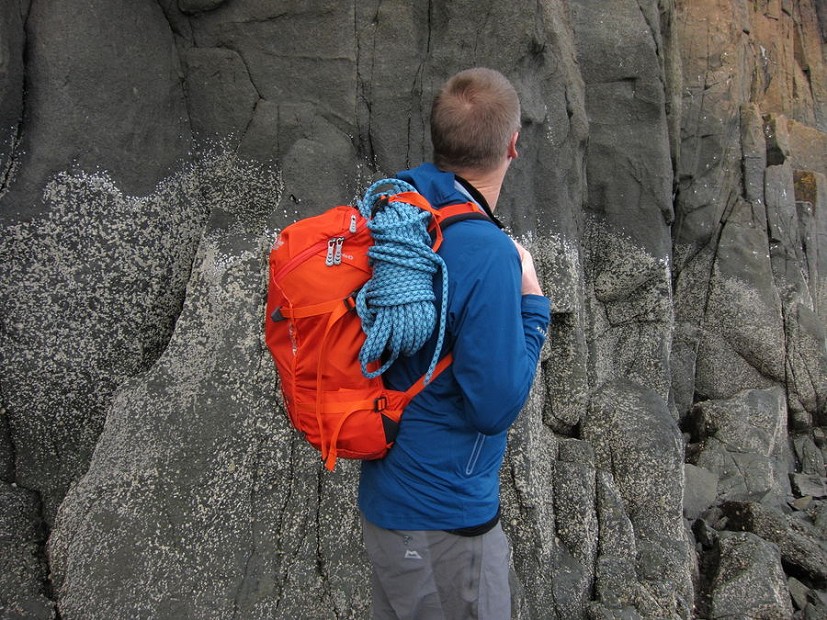
Clip-open webbing straps at the top of the shoulder straps were initially a mystery, until I realised that they are what Lowe Alpine's blurb means by 'top tensioner rope holders'. Basically, you drape the rope across the top of the shoulder straps, so that it sits between the back of your neck and the lid of the pack. Stored like this it is secure and completely unobtrusive. Take one rope each and you and a partner can carry a pair with ease, despite the fact that this is a very small pack. It's a really simple and effective system, and I like it a lot.
Additional features include: a gear loop on each hipbelt padding fin (I can take or leave these, since I rarely climb with a hipbelt fitted); ice screw clip holders on the hipbelt (ditto); and a nice big top grab handle for securing the pack at belays (now this I will actually use).
Summary
As a smaller day pack for fair weather hillwalking or mountain multi pitch climbs, the Alpine Ascent 25 is a decent choice at a sensible £85 budget. The chunky foam padding and slightly pasticy materials give the pack a bit of an unrefined feel, and while the minimal ventilation is a winter-oriented thing, it would certainly be a downside in hot conditions. However on the plus side the feature set is excellent, especially considering the pack's modest weight.
Lowe Alpine say:
The Alpine Ascent 25 is a clean-line and lightweight pack, the perfect companion for high alpine peaks, winter climbs and summer rock routes.
This lightweight top-loading 25-litre pack is ideal for when you want to travel a bit lighter and faster with just essentials. It features gear loops, a top tensioner rope holder and harness compatibility, making it brilliant for long summer rock climbs high in the mountains. Ever versatile however, the Alpine Ascent 25 is also fully equipped to take on snow and ice with our unique double HeadLocker ice axe attachment system, mitt-friendly winter buckles and ice screw krab slots.
Our Moulded back system is comfortable, supportive and snow shedding with grip panels for load stability.



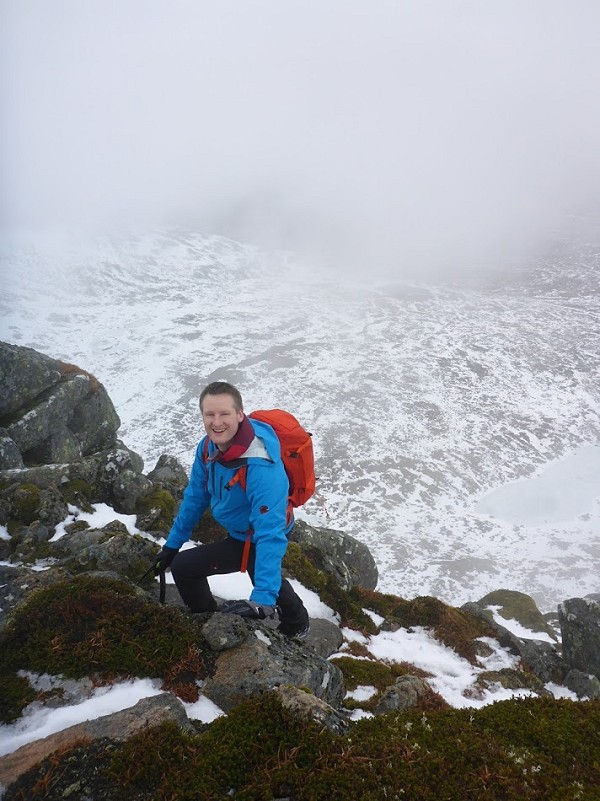

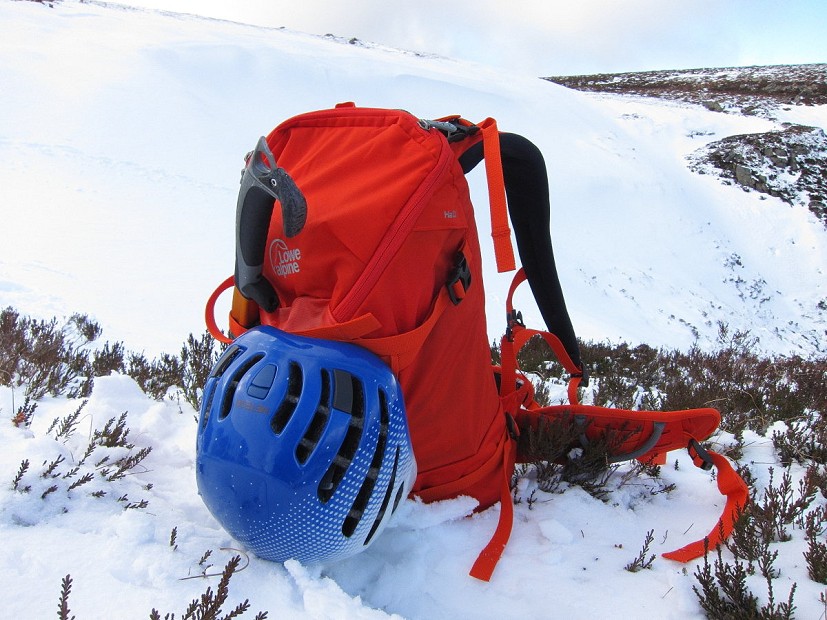
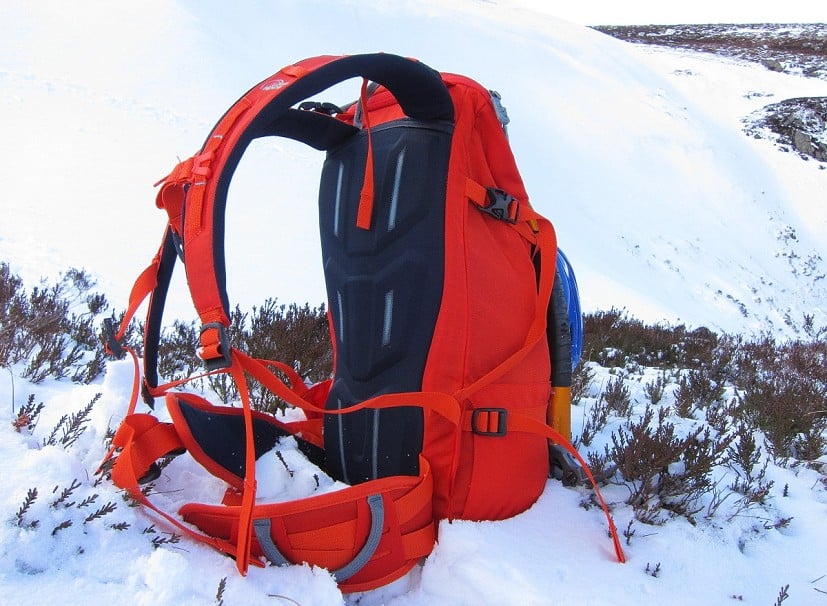
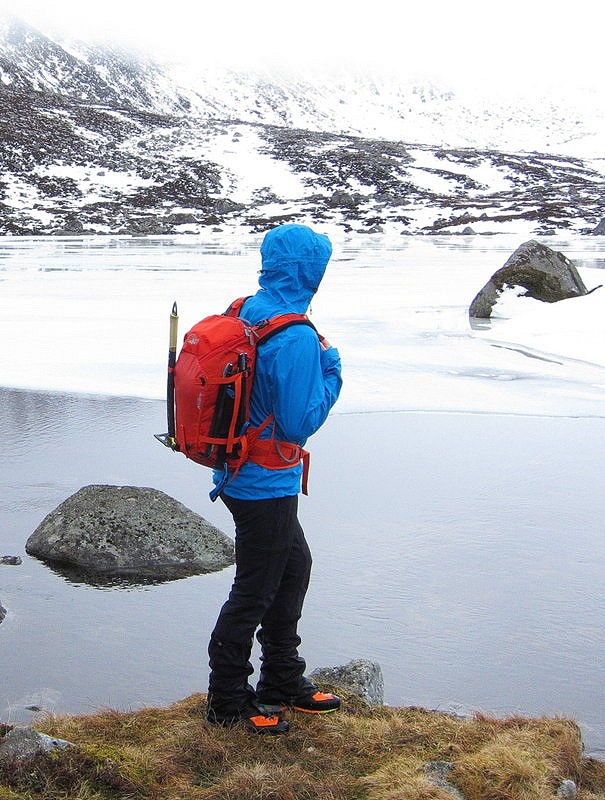



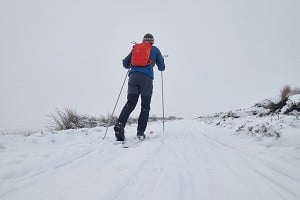
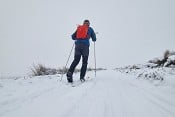


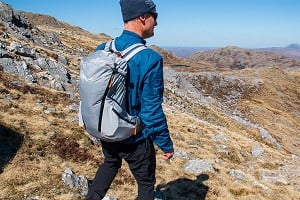

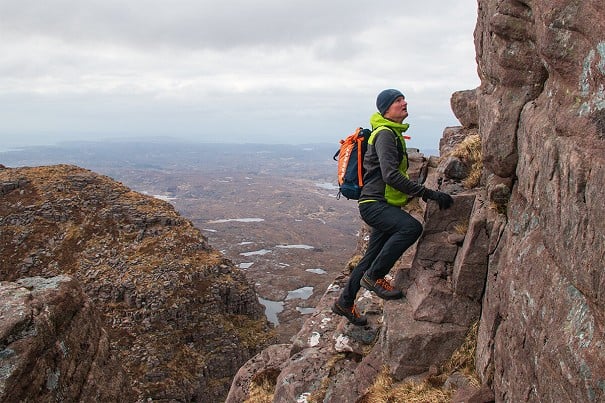




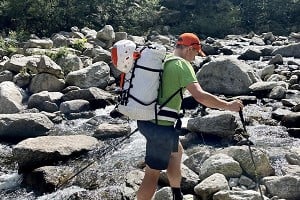



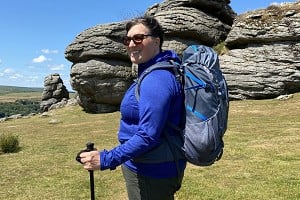












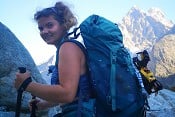

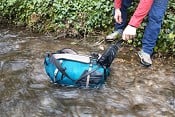


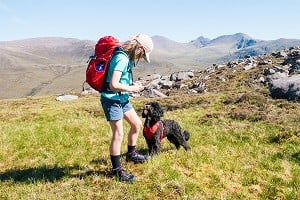
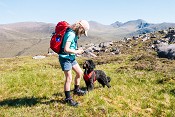
Comments